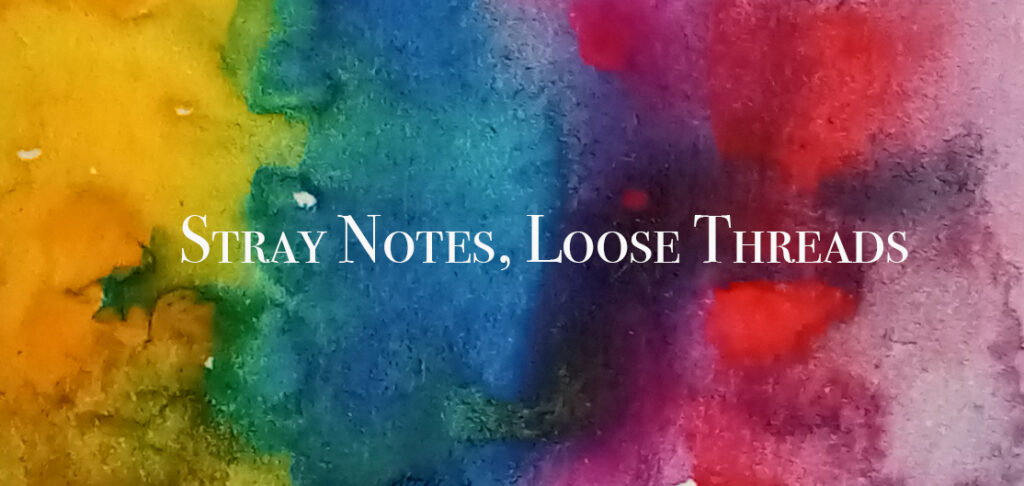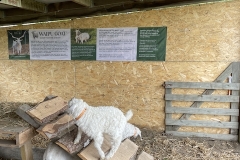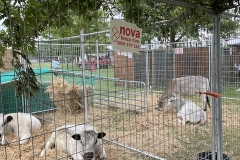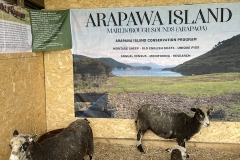The native flora and fauna of Aotearoa New Zealand is often newsworthy but what of its introduced species?
From the earliest days of human habitation the islands have been home to life brought in from elsewhere. Polynesian rats (kiore) and dogs (kurī) came to Aotearoa with Māori sailors, introductions that were followed by others in the last 300 years. Initially mammals were brought in to help provision sailing ships that plied the waters of the Pacific but the formation of what were called “Acclimatisation Societies” in the latter half of the 19th Century helped to speed the spread of exotic species. These organisations were established to offer the opportunity to hunt, fish and fowl to a growing population, to support faming and to help ease the homesickness that many felt in their new home. Acclimatisation Societies spread across New Zealand and led to the introduction of insects, animals and birds that can be seen today, from rainbow trout to starlings, chamois to quail.
Not all introductions have been undertaken by these organisations. Individuals have also brought in unfamiliar species, so Aotearoa has a well-established populations of wallabies and possums, the former brought in as curiosities and the latter in order to establish a fur trade.
Nowadays introduced species are viewed in a different light. While many are beneficial, others are destructive, competing with native wildlife for resources and causing the decline of native birds in particular. Stoats and possums and rats eat the eggs and young of birds, so across the country there are measures in place for a Predator Free New Zealand by 2050, an ambitious target to remove these destructive creatures from the ecosystem.
Some introductions though are thought to be deserving of protection. An example is the Arapawa Sheep. These animals have been on Arapaoa Island – the old spelling of which was “Arapawa”, hence the sheep name – for two hundred years and have become a distinct breed, recognised in their own right for their genetics and behaviour. Another species, Enderby Cattle, are bovines most closely related to the Shetland breed of cow. The fascinating history of the Enderby involves eradication from the islands on which they lived, failed attempts at breeding them to ensure their genetics were preserved and, finally, cloning to create new animals.
The Rare Breeds Conservation Society of New Zealand works to keep these, and others like them, alive, preserving their genetics for posterity. This week, at a visit to the Christchurch Show, an agricultural fair, the Rare Breeds Society was a highlight. The photographs below show some of the animals on display: Pitt Island and Stewart Island Sheep, Arapawa Sheep, Waipu Goats and White Park Cattle. They are reminders of our ability to alter the world to suit ourselves, sometimes with unintended consequences.





Leave a Reply